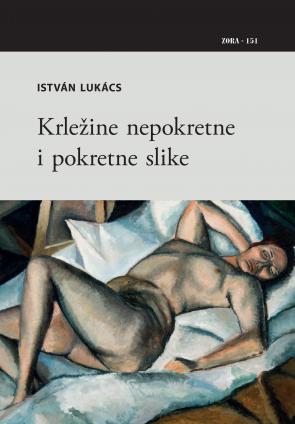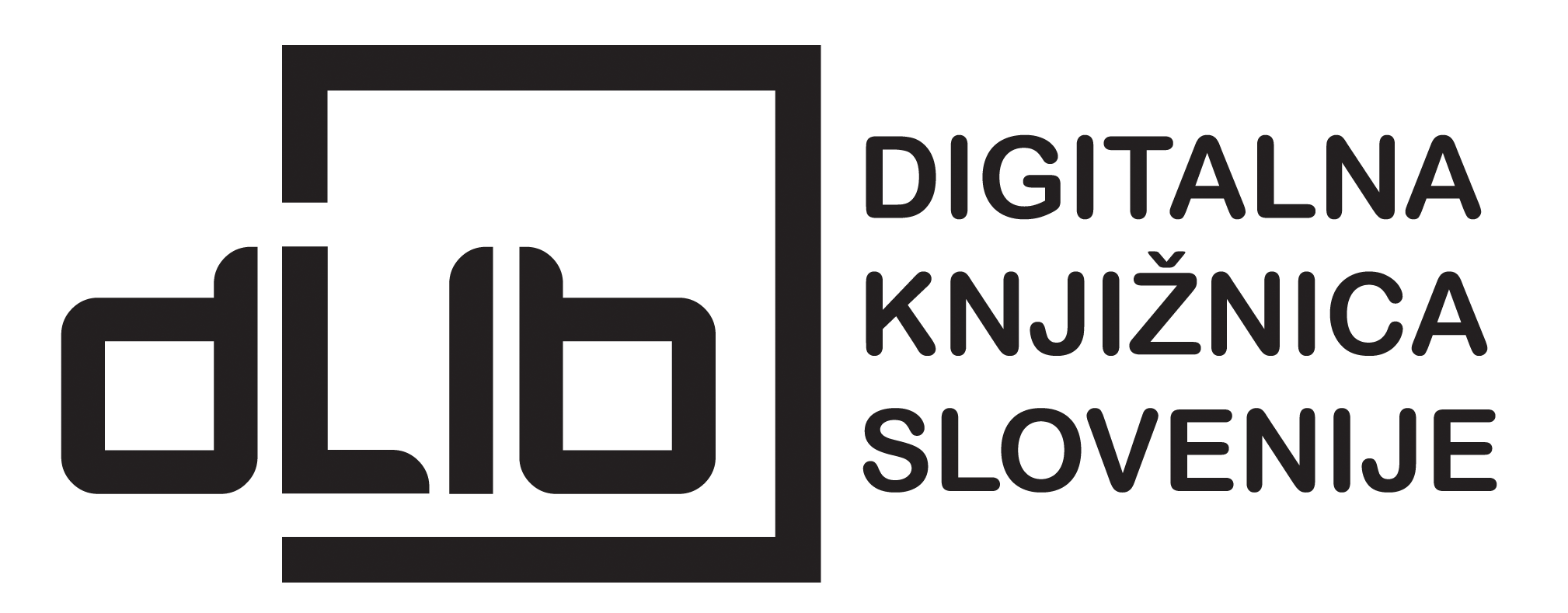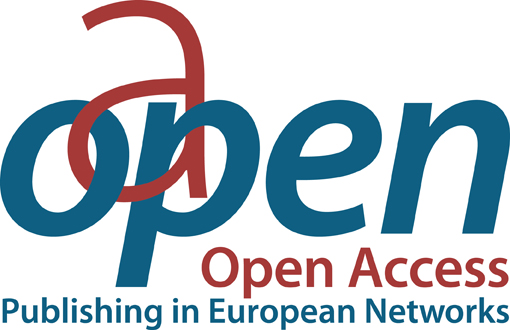ZORA 151: Krležine nepokretne i pokretne slike
Keywords:
Miroslav Krleža, intertextuality, intermediality, Hungarian culture, film, kinotekstSynopsis
Krleža's Still and Moving Images. In his monograph Krleža’s Still And Moving Images, Prof. Dr. István Lukács, a Croatist and Slovenist living in Budapest presents the problem of intertextuality and intermediality in the work of the classic of Croatian literature, Miroslav Krleža from a comparative Hungarian cultural and literary point of view. In the first part of the monograph, through the analysis of concrete texts (several poems and the novel Flags), the author examines the problem of the reception of Ady's lyric poetry and Hungarian painting production (Dezső Orbán) at the beginning of the 20th century, while in the second, more extensive part, he scrutinizes Krleža's relationship to film. The author's thesis is that the new optical medium (film) played an important role in the formation of Krleža's early dramatic texts (Legends) at the beginning of the 20th century. These works were written in the writer's early youth, immediately after his return from Budapest, where he had studied at the military academy. The author rightly assumes and then proves in his monograph that Krleža was probably already familiar with silent film and Hungarian theoretical works on film at that time. Some authors have already published papers on Krleža's "sound film imaginings", but without a more detailed scholarly elaboration of the whole issue. The first expert to mention the possibility of applying the film technique to a stage production in his extensive essay on Krleža's early plays was Josip Bach, the director of the Drama theater in Zagreb, who refused to stage all of Krleža's plays. Bach's clear observation served as a suitable starting point for the monograph's author to analyse Krleža's Legends, not from the point of view of a possible theatrical staging, but from a possible cinematic inspiration, both in certain themes (Jesus, Salome, Christopher Columbus) as in the application of film poetry, especially in atypical stage directions. In recent decades, authors in contemporary literary theory on intermediality have often thematised the links between literary text and film, they analyse film adaptations of well-known literary works, and write about the filmicity, cinematic style and film poetry of specific literary works. According to the author's findings, all these stylistic elements are also found in Krleža's early works (Legends, symphonies), but the "cinematic language" is so distinctly present that it also structurally characterises these works. The author of the monograph uses the term kinotekst to refer to Krleža's particular stage directions and scenic solutions precisely because of the marking power of these elements. This literary-theoretical notion is an innovation that refers to certain parts of a concrete literary text, and is in fact perfectly adequate to the film cut. This means that certain segments in Krleža's literary text are a real film cut and function as such. It is a strange paradox, since literature is a verbal art and film is a visual art.
Downloads







